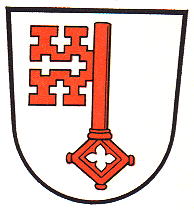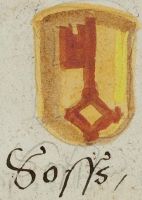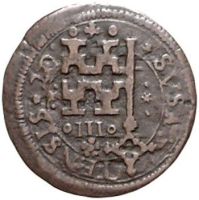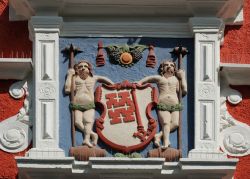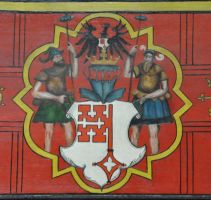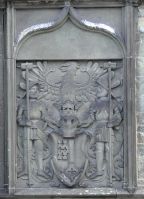Soest (Westfalen): Difference between revisions
Knorrepoes (talk | contribs) m (Text replacement - "{{de1}}" to "{{de}}") |
Knorrepoes (talk | contribs) m (Text replacement - "{{media1}}" to "{{media}}") |
||
| Line 47: | Line 47: | ||
{{de}} | {{de}} | ||
{{ | {{media}} | ||
[[Category:German Municipalities S]] | [[Category:German Municipalities S]] | ||
[[Category:Nordrhein-Westfalen]] | [[Category:Nordrhein-Westfalen]] | ||
[[Category:Soest]] | [[Category:Soest]] | ||
Revision as of 07:45, 2 August 2023
|
Country : Germany State : Nordrhein-Westfalen District (Kreis) : Soest Additions:
|
Origin/meaning
Soest is a rather old city, it received city rights somewhere in the 12th century. The city was part of the State of Köln, and the oldest seal (known since 1170) shows the patron saint of Köln, St. Peter, sitting on a throne, holding a key and church and sitting in front of a city wall. The second seal (known since 1229) shows the same composition. The contra seals showed the patron saint of the city, St Patroklus as a knight. The use of a single key as arms dates from 1375 and was continued even when the rule of Köln ended in 1444. The key is the symbol of St. Peter.
The great arms, used since 1520, show two knights as supporters and a crest with an eagle, as a symbol of St. Patroklus.
The arms in a 16th century manuscript
The arms by Hupp in the Kaffee Hag albums +/- 1925
>The arms on the city hall (source)
Literature: Stadler, 1964-1971, 8 volumes.
This page is part of the German heraldry portal Deutsche Wappensammlung |
Heraldry of the World |
|
German heraldry:
|
Selected collector's items from Germany:
|
Contact and Support
Partners:
Your logo here ?
Contact us
© since 1995, Heraldry of the World, Ralf Hartemink 
Index of the site
